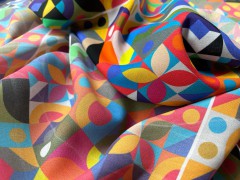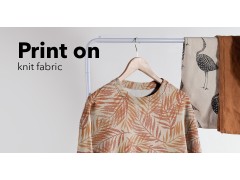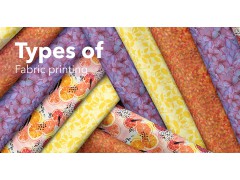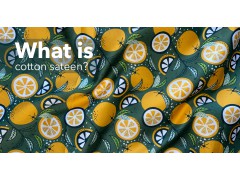The textile industries produces yearly around 100 million ton of fiber in total. And it seems like it’s still increasing. Not without any negative effects on the environment.
Fortunately, there are more and more consumers aware of this problem, which increases the demand for sustainable textiles. A company who is determent to suffice this demand, is Lenzing.
This fabric manufacturer looks beyond today's world. They are walking the sustainable path with brands such as EcoVero and Tencel. In this blog we will tell you everything about the Lenzing company, their sustainable production process and of course the fabrics.
The history of Lenzing
The town Lenzing – where the name of the company comes from – was far before the second world war an important place if you are talking about the production of paper and pulp. Later, in 1938, the production of viscose was added here. In that Spring, the German troops marched into the city to establish viscose factories. The target? Become independent in the import of cotton. The existing pulp mill was used to supply raw materials for viscose.
After the war, Lenzing continued to fulfil its role as a supplier of raw materials to the growing textile industry. And then also focus on its export . In 1968, the pulp and paper mill were taken over by the textile producer: this paved the way for the pulp and fiber production to be merged into one integrated production site with all its economic and technological advantages.
Fast forward to the 21st century, where Lenzing is unleashing a true revolution in the world of botanical cellulose fibers. Not only the fabrics themselves, but also their production process can now be realized in a very environmentally friendly way. Which we - and you, as a sustainable designer - reap the benefits today.
Think sustainable and do it the Lenzing way
So, every Lenzing-fiber is made of cellulose. A component that occurs naturally in the source material wood.
A hallmark of cellulose is its biodegradability: at the end of their life cycle, these fibers can be reabsorbed by the ecosystem and prepare the soil for the growth of new plants. A win-win situation. A circular business model that we could see as yet another wonder of the world.
Why are fibers made of wood?
There are many reasons to use textile made of cellulose fibers. You will surprise people who will soon be wearing your design with a beautiful piece of clothing, which is also super comfortable! And all without a bad conscience when it comes to the environment.
All Lenzing fabrics, including EcoVero and Tencel, have ecological benefits. There is a little water and soil necessary to produce the fabrics and the fibers are biodegradable at the end of the life cycle. There are therefore no harmful residues, such as with polyester.
Unlike cotton, the Lenzing fibers can already be provided with vivid colours during the production process that does not wash out! Ideal when the fabric is used for fashion.
Do you have a specific image in mind? A nice pattern or an illustration? At House of U you can have both Tencel and EcoVero printed. Large orders are not necessary, because with us you can order from 1 meter.
Below we would like to tell you more about the Tencel and EcoVero fabrics.
More about Tencel fabric
Tencel is the number 1 choice when it comes to textile. Why? Easy! Because the fabric is useful for a variety of purposes and it has many advantages as a product.
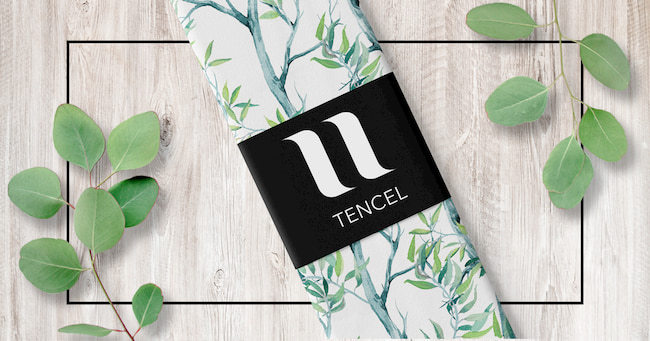
The fabric is soft for the skin and feels wonderfully smooth. Beside it shines beautifully, and it falls smoothly. Because Tencel breaths, is the fabric also good to use for sustainable sportwear, shoes and underwear. So, it is very versatile.
Earlier we wrote a blog about the qualities of Tencel fabric. You can read more about what makes the fabric so sustainable and what the other benefits are.
More about EcoVero
Lenzing's EcoVero is, in short, a more sustainable version of viscose. The fabric can be compared to Tencel and Lyocell in terms of appearance and feel. In contrast to the production of viscose, the production of EcoVero is carried out as sustainably and environmentally friendly as possible. And that is reflected in the 'closed-loop' production process. This is because the chemicals are used to make pulp from wood, they are used repeatedly. The bleaching of this pulp is then 100% chlorine-free.
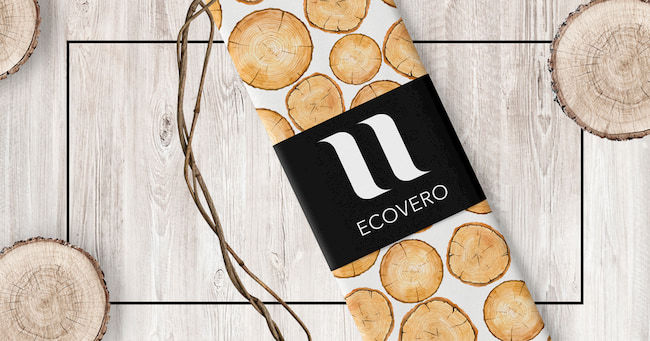
Compared to the production of viscose is that there 50% less emissions and 50% less water and energie used! With other words: a light, shining and comfortable, without an unpleasant aftertaste.
Learn more about (sustainable) fabrics?
Do you want to learn more about sustainable fabrics? Then you are with House of U on the right adress. Look at our blog for more insperation!
Making your ideas alive on a fabric? Please contact us for posibilities.






.jpg)
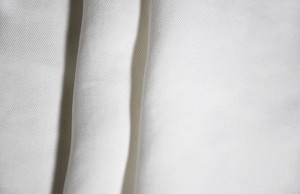
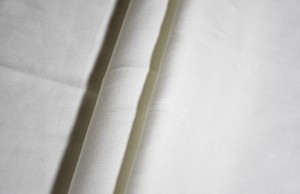
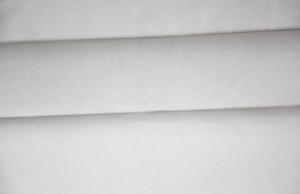
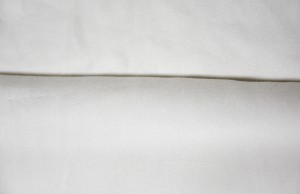
.jpg)
